Please Note: This post may be too long for Gmail users. If the post is cut short due to your email provider, the rest can be viewed at stephenrussell.substack.com. Alternatively, use the Substack app here:
Contents
Celtic 2-1 Rangers (League Cup) (this section will discuss the above video)
Ross County 4-0 Dundee United
Aberdeen 1-0 Livingston
Kilmarnock 1-1 Motherwell
St. Johnstone 1-1 St. Mirren
League Update
Celtic 2-1 Rangers (League Cup)
When teams for this match were released, one key thing stood out from each side. Rangers had dropped Nicolas Raskin and Todd Cantwell in favour of John Lundstram and Malik Tillman and Celtic had dropped Matt O’Riley for Aaron Mooy. These were also the key decisions to be made highlighted in the preview of this match here.
For Rangers, this indicated that directness would be favoured. Raskin’s robust approach to playing as a Rangers pivot and Cantwell’s tendency to drop deep to aid build-up were deemed not desirable for this match, and the more defensive minded Lundstram paired with the more attack minded Tillman indicated that playing through Celtic was not part of the plan.
For Celtic, the reasoning to start Mooy was less transparent. His issues playing in traffic were able to be remedied by how Celtic’s build-up created space in the centre of Rangers’ shape and his issues in transition were often covered by Jota and Daizen Maeda – switching sides as wingers throughout the match – chasing back aggressively. With more of an emphasis on waiting for the space to be created around him to link play in the final third, perhaps this was the trade-off envisioned by Celtic’s Ange Postecoglou.
This analysis will delve into how Michael Beale’s chosen Rangers XI harmed his chances and how Celtic created space for Mooy to repeatedly play the same pass that contributed to Celtic’s success.
The natural comparison for this Rangers side against Celtic is not the previous manager, Giovanni van Bronckhorst, but rather his predecessor - Steven Gerrard. This is because Beale, Gerrard’s assistant, had a major hand in the tactical decisions of Rangers at the time and has sought to recreate many elements of the style in his current side: high/wide fullbacks, inverted wingers, double pivot, extreme horizontal compactness, and a 4-3-3 midblock out of possession.
Gerrard’s Rangers often favoured a direct approach against Celtic. Being able to directly reach Alfredo Morelos – who would drop into the halfspaces – allowed Rangers to use their compactness to ensure that they would have a lot of luck chasing second balls. @WuAnalysis of The Cynic described the style as Red Bull-ish after this match, which is a fair assessment. While perhaps missing some of the trademark intensity – the off-ball approach at the time was extremely zonal, and consequently passive, but is now less so – the idea of favouring productivity over structure is certainly of that school.
In weeks leading up to the match, Rangers played a much more grounded style and used Ryan Kent and Todd Cantwell to drop out of the central position – having inverted from the wings of a more traditional 4-2-2-2 shape – to aid progression and open passing lanes to the forwards. The emphasis was still on quick vertical progression in the centre, but via link up play. However, against Ross County Lundstram went off injured and Tillman was brought on instead of a like for like sub in Glen Kamara and Ryan Jack became the sole pivot. This indicated a similar disregard for build-up structure in favour of having attacking players clustered in dangerous areas with the aim of gaining territory. ‘Red Bull Rangers’ might not be an exhaustive description of their style, but they are – at the very least – Red Bull adjacent.
The issue this caused in this match was that the current Celtic side are not as easily disrupted as the previous Neil Lennon side with which Beale was more familiar. The first derby Postecoglou participated in – Gerrard’s last – involved the early formation of Celtic’s current press which became easy for Rangers to play over but was subsequently solved via a more aggressive defensive line, as detailed in this analysis.
Cameron Carter-Vickers and Carl Starfelt now push high to challenge Morelos for these aerial duels, often with success, and Celtic’s increased compactness versus Lennon’s side leaves them better placed to deal with the following micro transitions. This meant that Rangers’ directness often simply conceded the ball to Celtic, and allowed Celtic to re-organise and initiate the build-up patterns that won them this match.
Celtic’s build-up must first be discussed in the context of the out of possession structure they were trying to break. Previously, Gerrard’s Rangers were very rigid in their midblock. Maintaining four lines – a 4-3-2-1 shape – they maintained their tight spacing but had more vertical reach at the cost of horizontal coverage. This allowed them to start showing Celtic wide higher while still not risking dangerous gaps in central areas.
Since Postecoglou’s arrival, the need to prevent Callum McGregor dictating play has become imperative. Sitting atop two centre backs that can struggle on the ball under pressure, he carries an increased burden to progress the ball (as do the two fullbacks that flank him). Rangers’ previous solution was simply to man mark McGregor, making the front line of their shape resemble a 1-2 instead of a 2-1. Kent took on this role, and – in Gerrard’s last derby – Rangers were happy to allow Anthony Ralston to receive the ball with switches to right back given his limitations in build-up play; that was less risky than allowing McGregor the ball or leaving a space in the centre.
After Gerrard left, Rangers became much more proactive off the ball. Van Bronckhorst preferred a more man-oriented approach contrasted with Gerrard’s strict emphasis on space control, and sought to force Celtic’s centre backs into mistakes in build-up rather than allowing them to progress the ball to the wings where Celtic could be pressed towards the edge of the playing area.
For the cup final, Beale’s approach felt like a misguided blend of these approaches. Rangers did not rigidly sit in with intent to control the centre, but also did not man mark McGregor when pushing higher which prevented the total isolation of Celtic’s centre backs. The personnel choices felt in aid of the former, but the shape was not structured in the four lines required to passively hold control. The front three generally looked to drop in on McGregor in the earliest stages of pressing, but passed him along and – as the press moved up – left him to the midfield.
The following points detail the finer elements surrounding the occurrences in the video at the top of this page.
Due to this, McGregor was able to manipulate Rangers’ press. One key element of his pivot play was ensuring that space was in front of him. This was sometimes by aligning with the first line of Rangers’ press, on the edge of the space between the lines, and sometimes by moving horizontally to change which space he would move into upon receiving the ball. This allowed him to become a viable passing option more frequently which served two key purposes. Firstly, if he received the ball, he was able to draw in Rangers’ press and free up Celtic’s fullbacks to receive the ball. Secondly, if he did not receive the ball, he was able to pose himself as a threat behind the front line which pulled Rangers’ midfield line forward – Lundstram being tasked with closing him down in these instances – and exposed the defensive line.
Reo Hatate was also alert to these elements. Dropping in from the #8, he ensured that Rangers’ midfield line was forced to move up or allow him and McGregor – two of Celtic’s best players, especially regarding ball progression – a numerical advantage in the centre of the pitch. As Celtic tended to build up on the left, this left Mooy free on the other side to simply wait. This masked several of his weaknesses. Firstly, it created space for him to play in as a player that struggles in traffic. Secondly, it prevents issues with his slower pace preventing him from finding these areas at the desired time. Finally, it prevented him from slowing play down in build-up with his tendency to take more touches than necessary – a trait that was observed in the few instances Celtic did build up on that side.
The last key point regarding Celtic’s build-up is the role of Greg Taylor. Playing the inverted fullback role that is pivotal to Postecoglou’s system, there has been a lot of emphasis on the advantages associated with Taylor inverting. This analysis highlights some of them. However, there has been little identification of triggers; what causes Taylor to invert and, perhaps more importantly, what causes Taylor to evert. That is, to return to the traditional wider position after being inverted.
The primary reason for Taylor inverting in this match was centred around Fashion Sakala. When inverted, Taylor pinned Sakala and prevented him from applying pressure to Starfelt. One trigger of his inversion was Alistair Johnston receiving the ball on the other side, which supports this as it prevented Johnston being isolated on the ball easily due to the increased vertical space created for Starfelt. It could also allow Hatate to drop out wide/Maeda or Jota to drop out deep and receive the ball through the unobstructed passing lane that would be created when the ball reached Starfelt, but could also allow Celtic time to breathe on the ball and ensure that positioning was correct. Similar objectives have been set by other Positional Play coaches previously, most famously with Pep Guardiola’s 15-pass rule emphasising slower build up as a core principle of Positionist systems.
Taylor also everted with Sakala in mind. After having Sakala latch onto him when he inverted, he could then pull Sakala slightly wider and have him pinned as Starfelt advances with the ball. As McGregor sits behind Morelos, this then creates a 3v2 where Starfelt is able to advance the ball before being engaged and shifting it to the now free Taylor (this analysis discusses the benefits of the left sided centre back being right footed for this purpose) and McGregor is able to create space for himself behind the front line. While it would be possible to do the former in the centre, everting extends the active playing area takes advantage of the overload more and is critical for the space creation in front of McGregor. It also forces Rangers to commit a player (while underloaded) to the wing which – given their desire for compactness – pulls them away from the central area in which Mooy positioned. Additionally, it changes the angle from which the next pass is played. Taylor from wide left is then able to reach the centre (in front of Rangers’ defence) around Rangers’ near sided midfielders that would otherwise block the lane if Taylor was inverted at this moment. One key element of Positional Play is limiting how many players are in the same vertical zone at any one time and, by leaving the corridor, Taylor allows Hatate ahead of him to take advantage of the more dangerous space.
The match did go on to change – especially when Beale brought on Raskin and Cantwell – and Celtic started going long under pressure. It was eventually managed well by Celtic’s later subs in Matt O’Riley, Sead Hakšabanović, and Hyeon-gyu Oh who sought to carry and hold the ball repeatedly to ensure Rangers were unable to maintain the application of pressure. Ultimately, though, the damage of Beale’s direct approach was done, Rangers had failed to capitalise on the weaknesses of Celtic’s right hand side, and Taylor’s astute positional sense was the unsung hero as Celtic lifted the Scottish League Cup trophy.




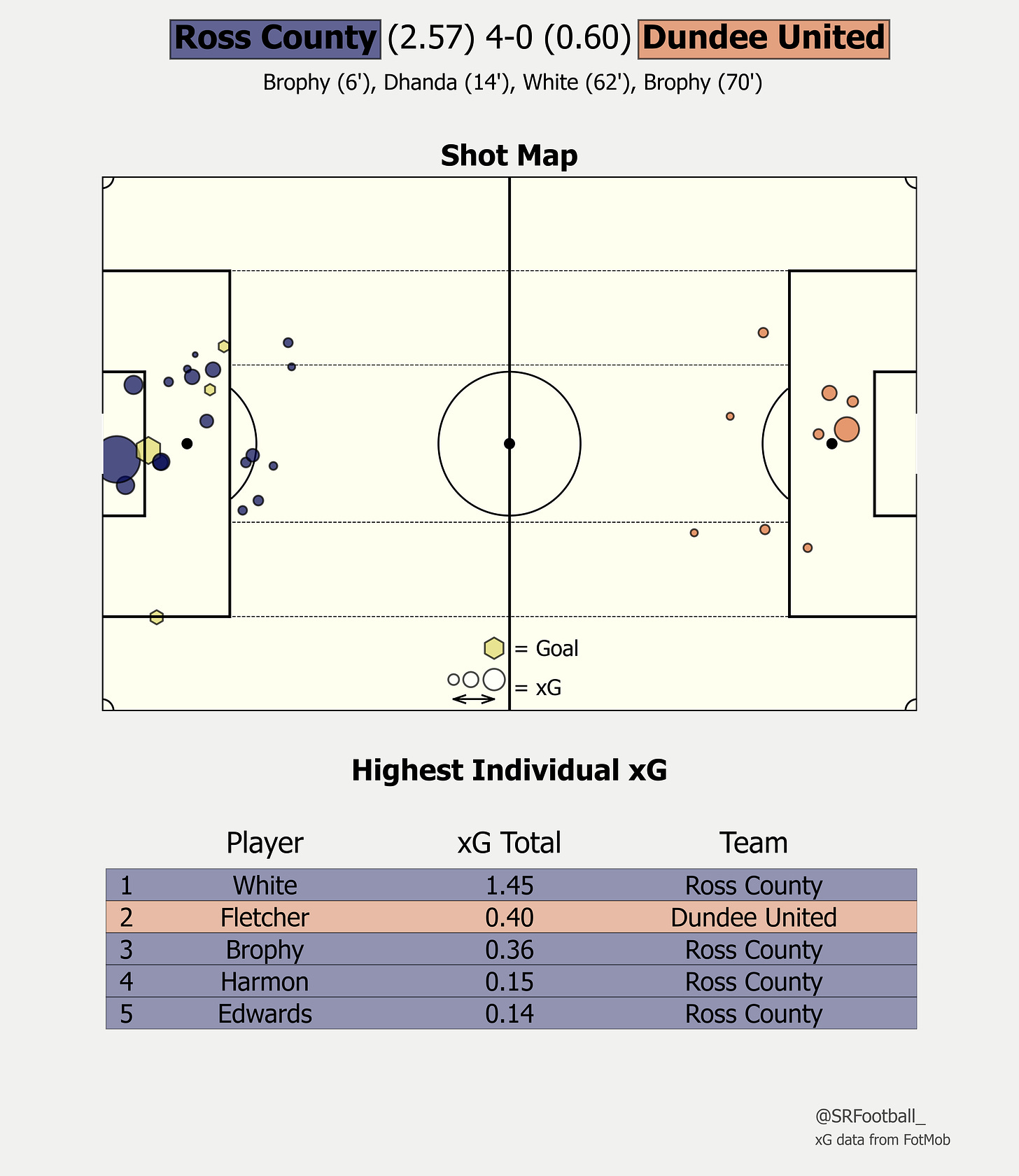
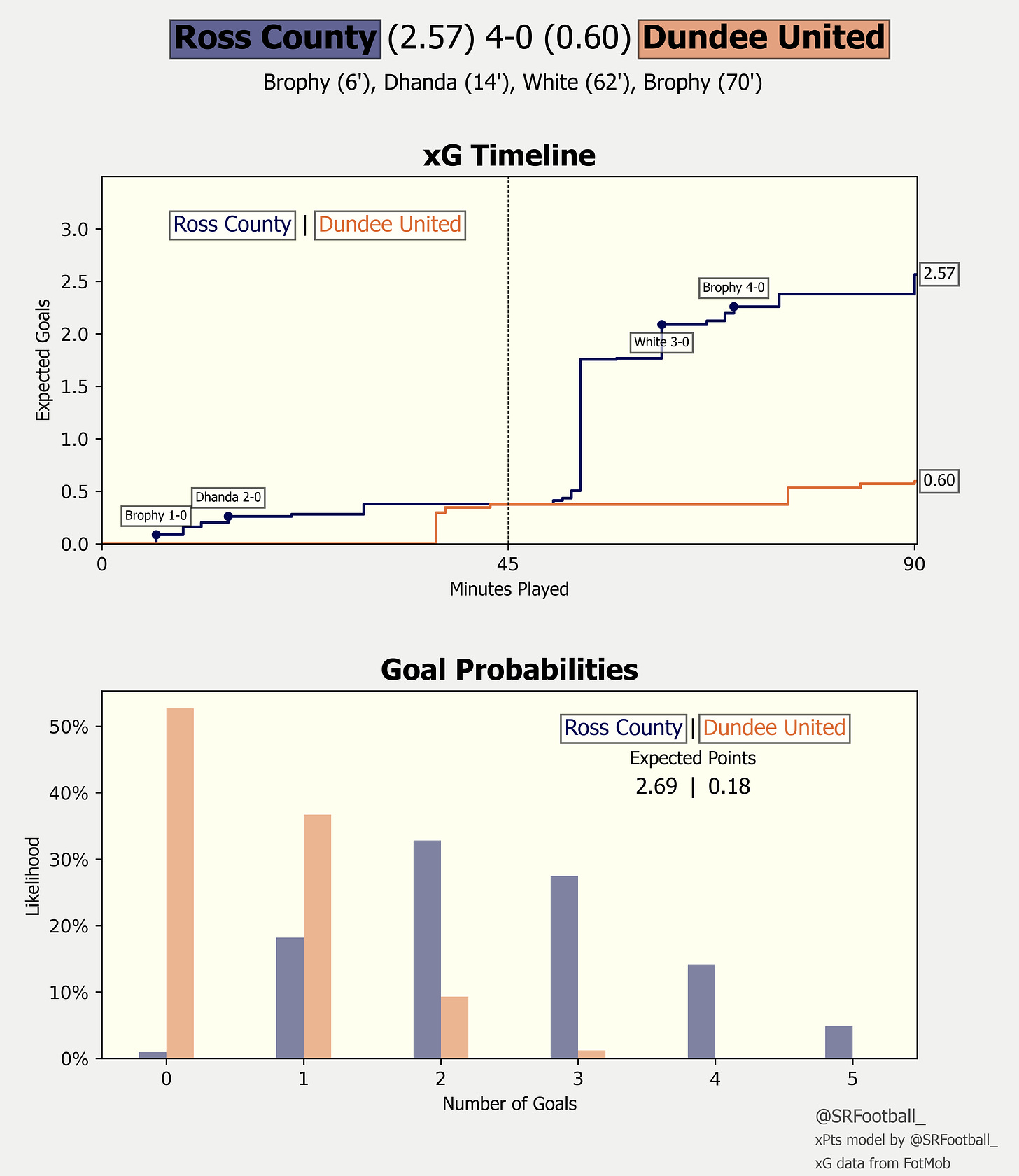
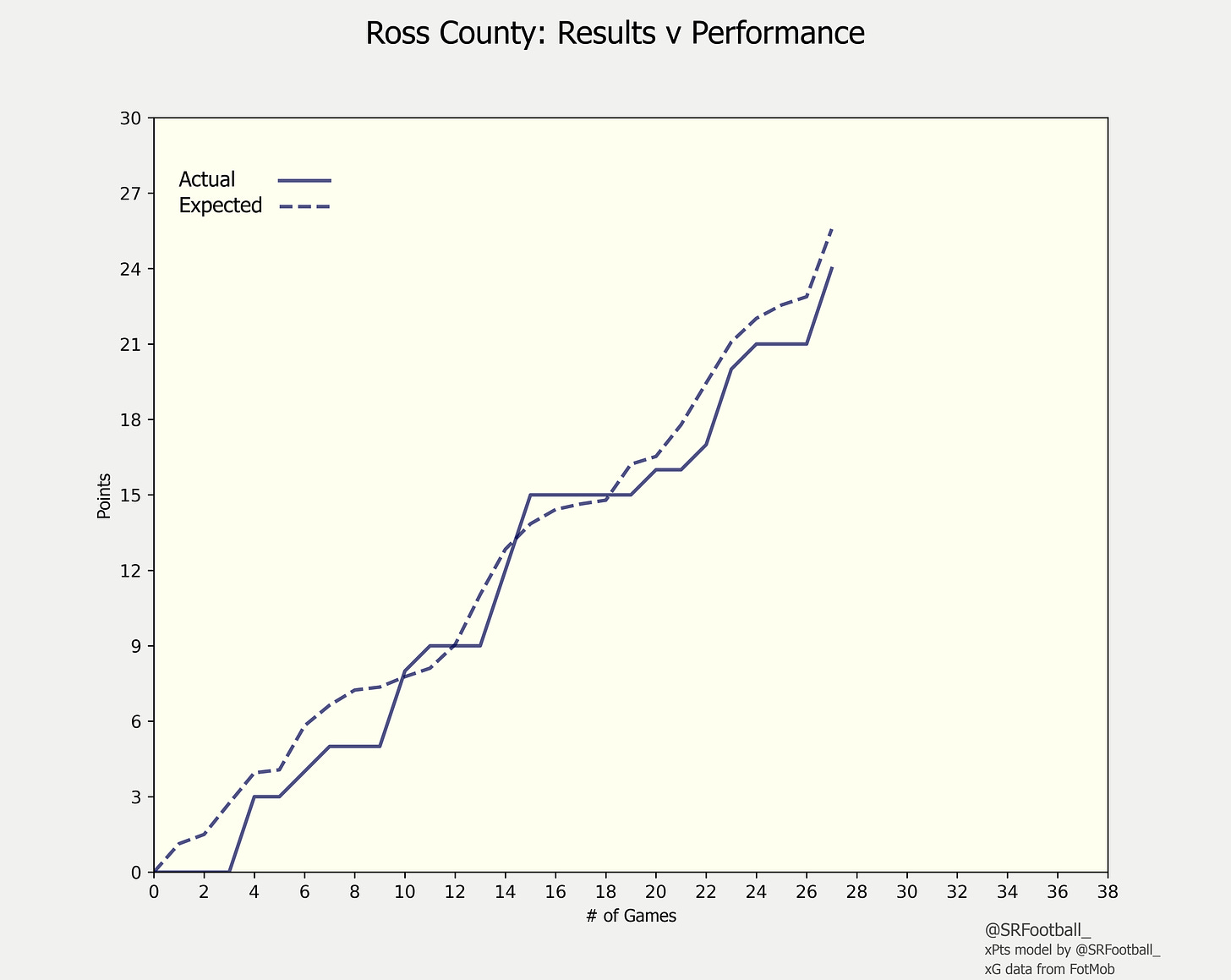


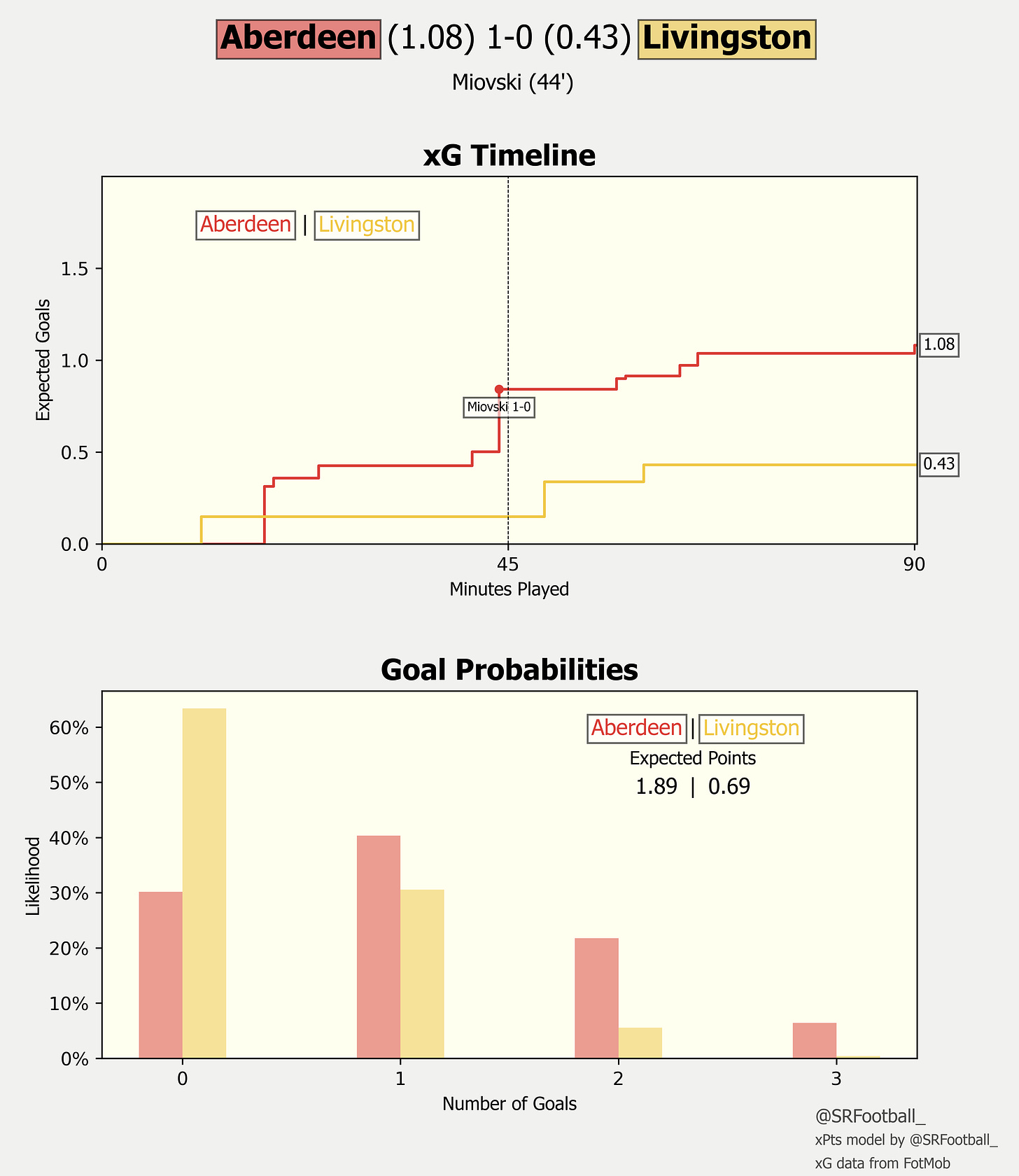

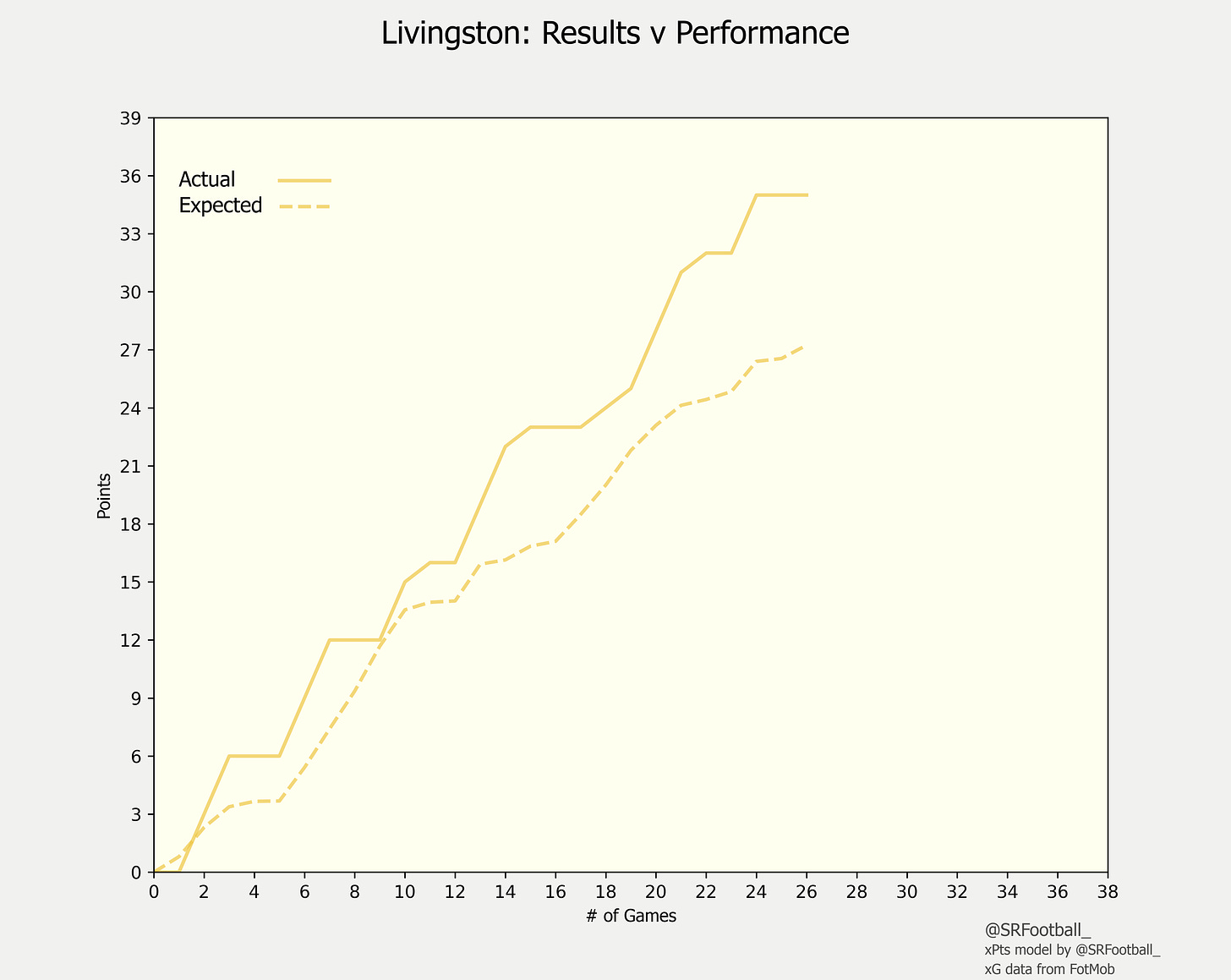

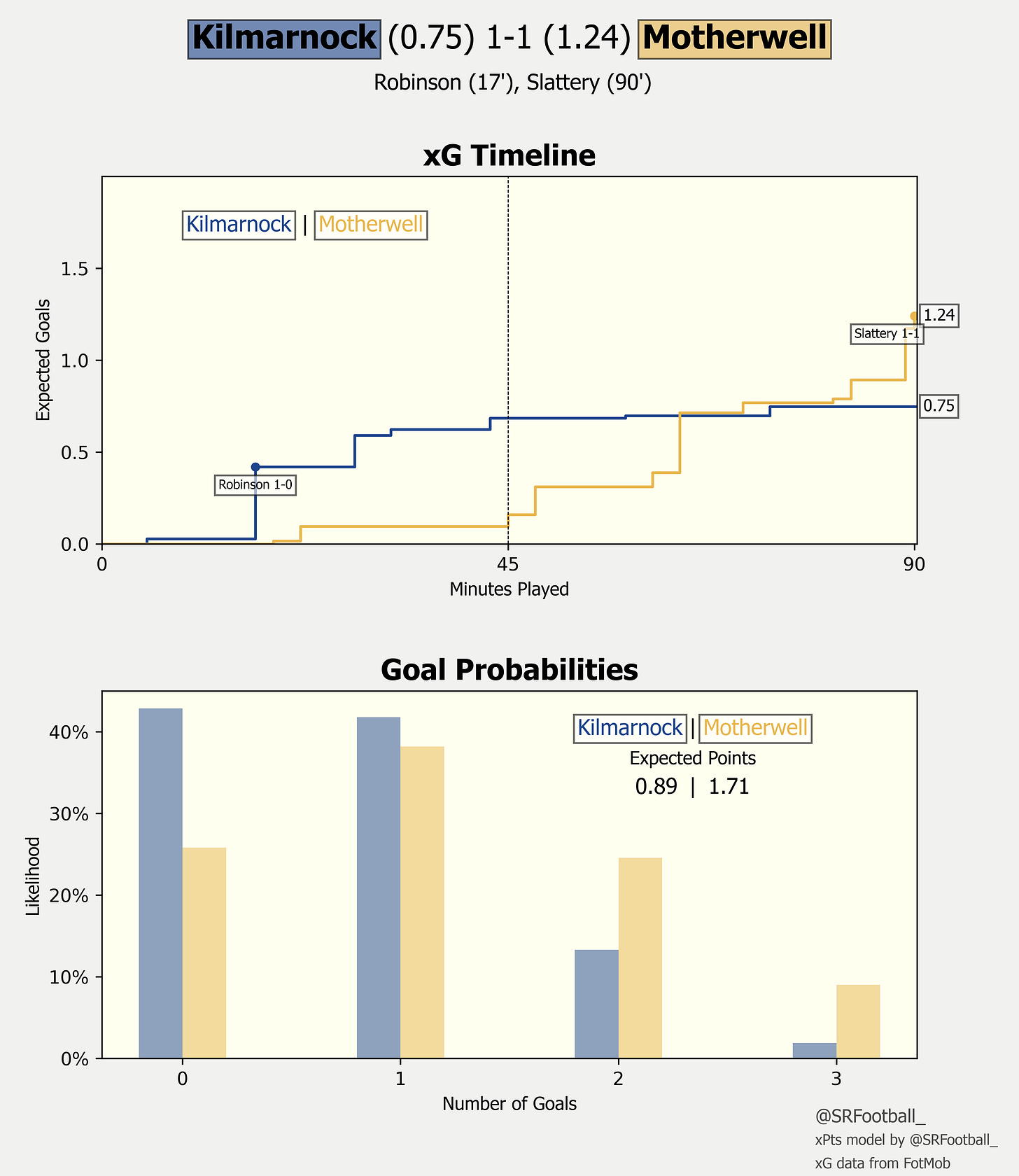


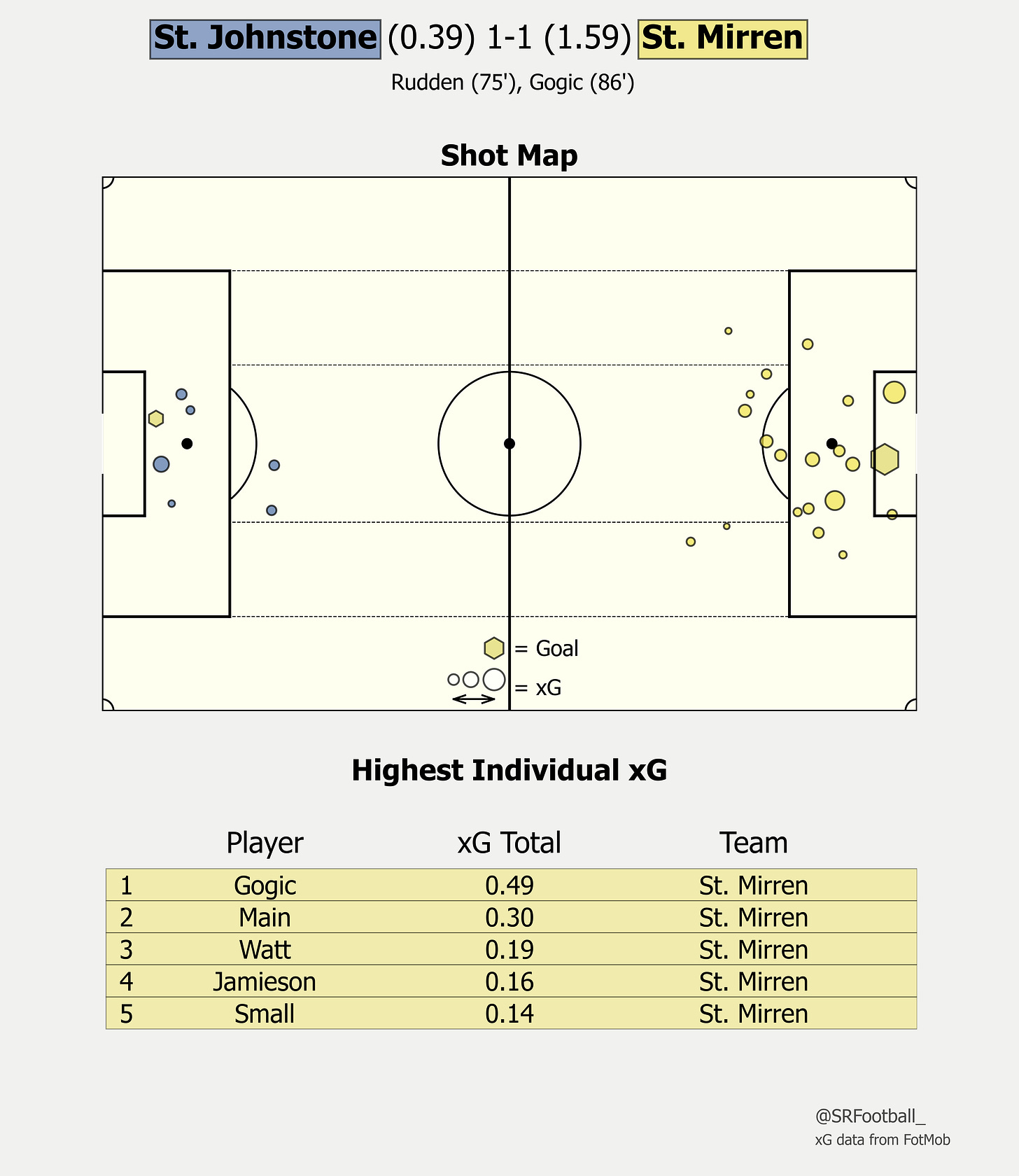
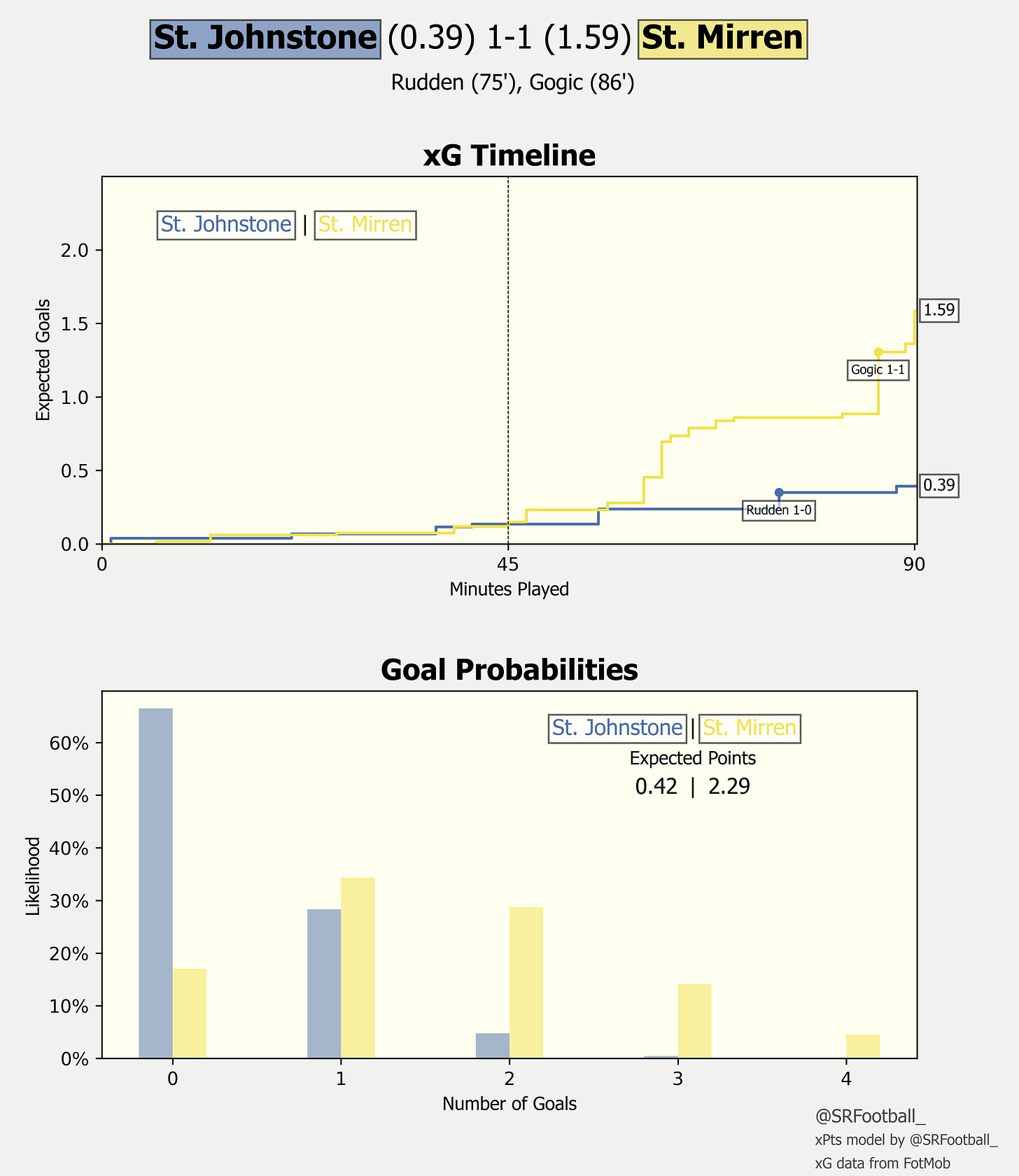
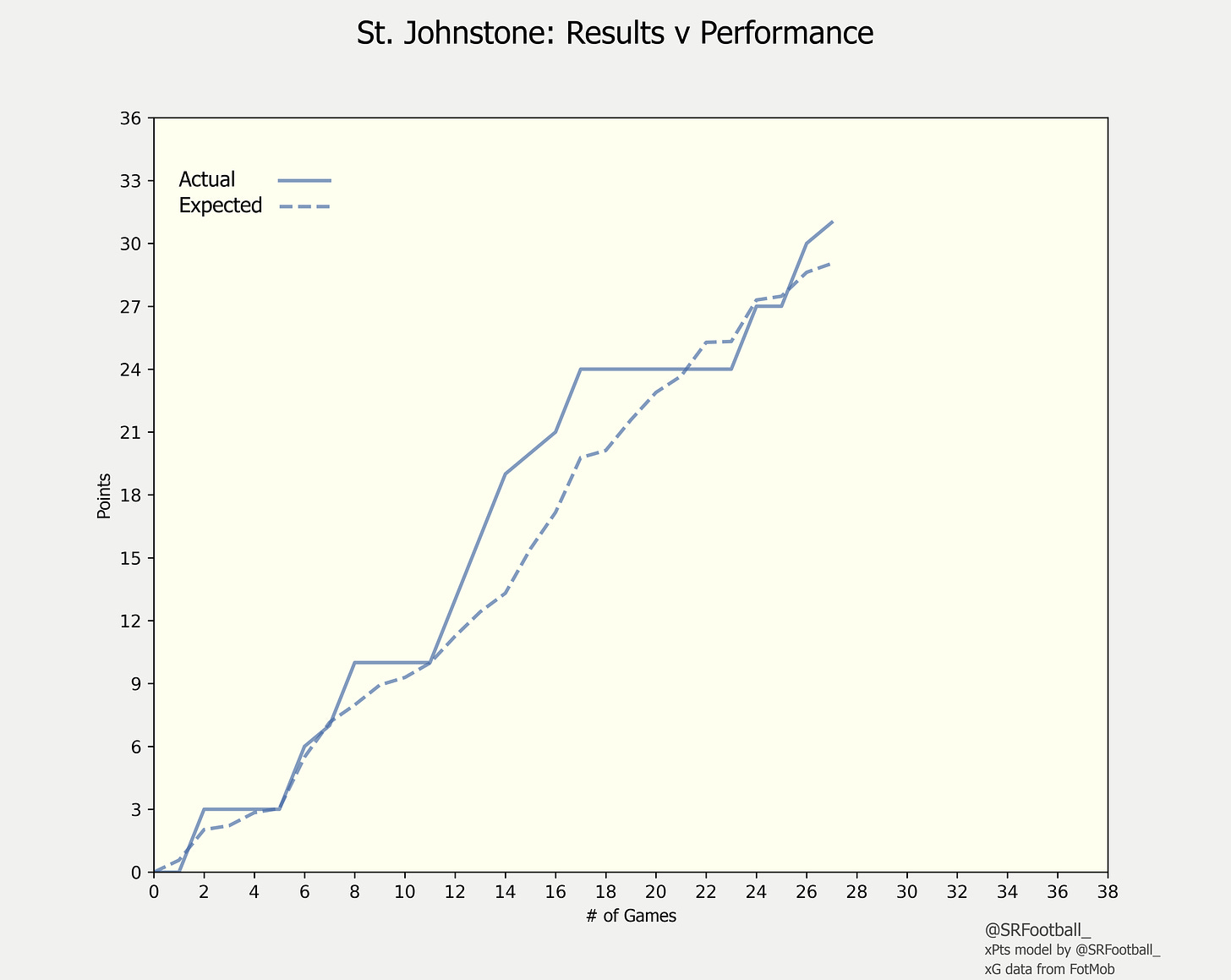
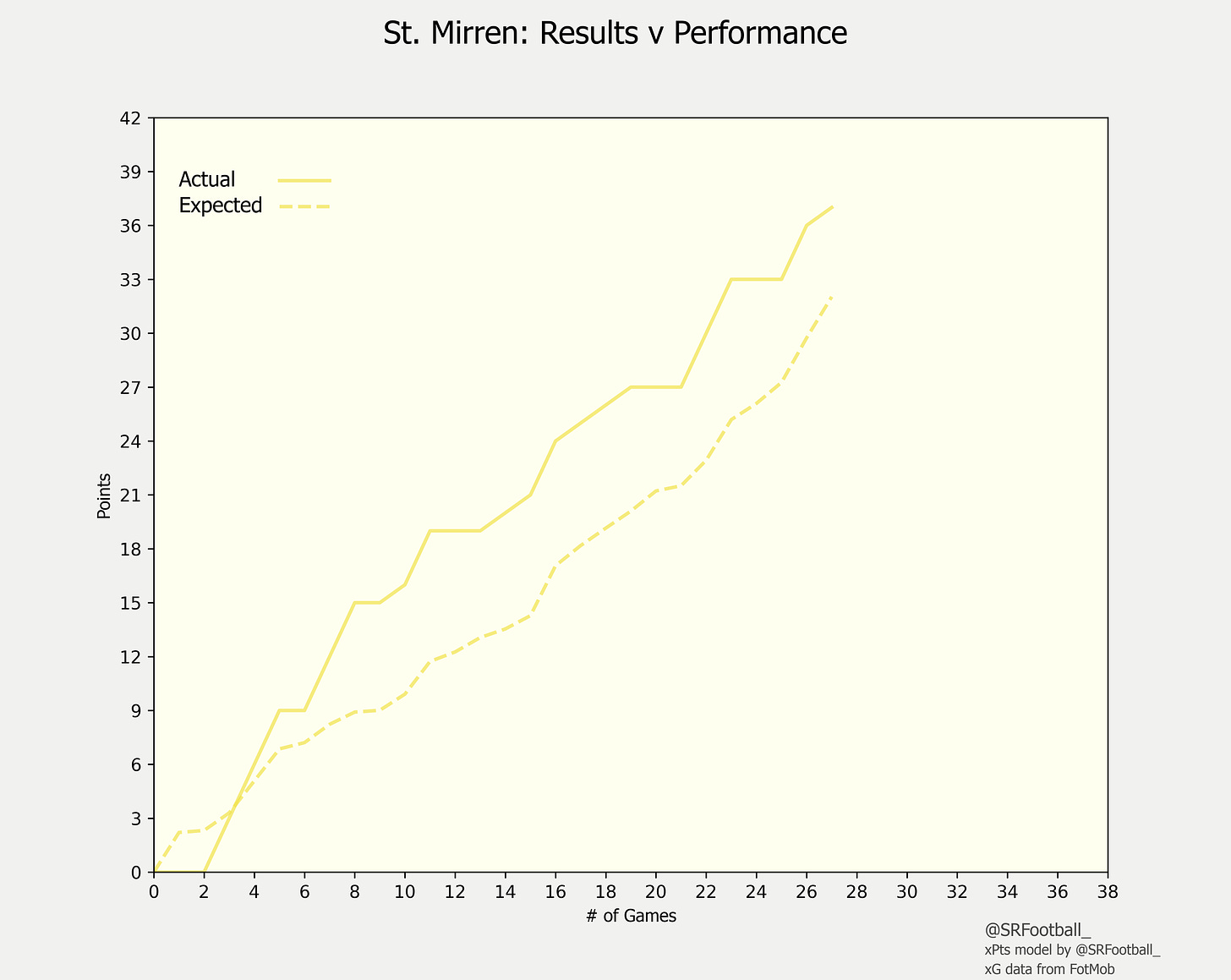
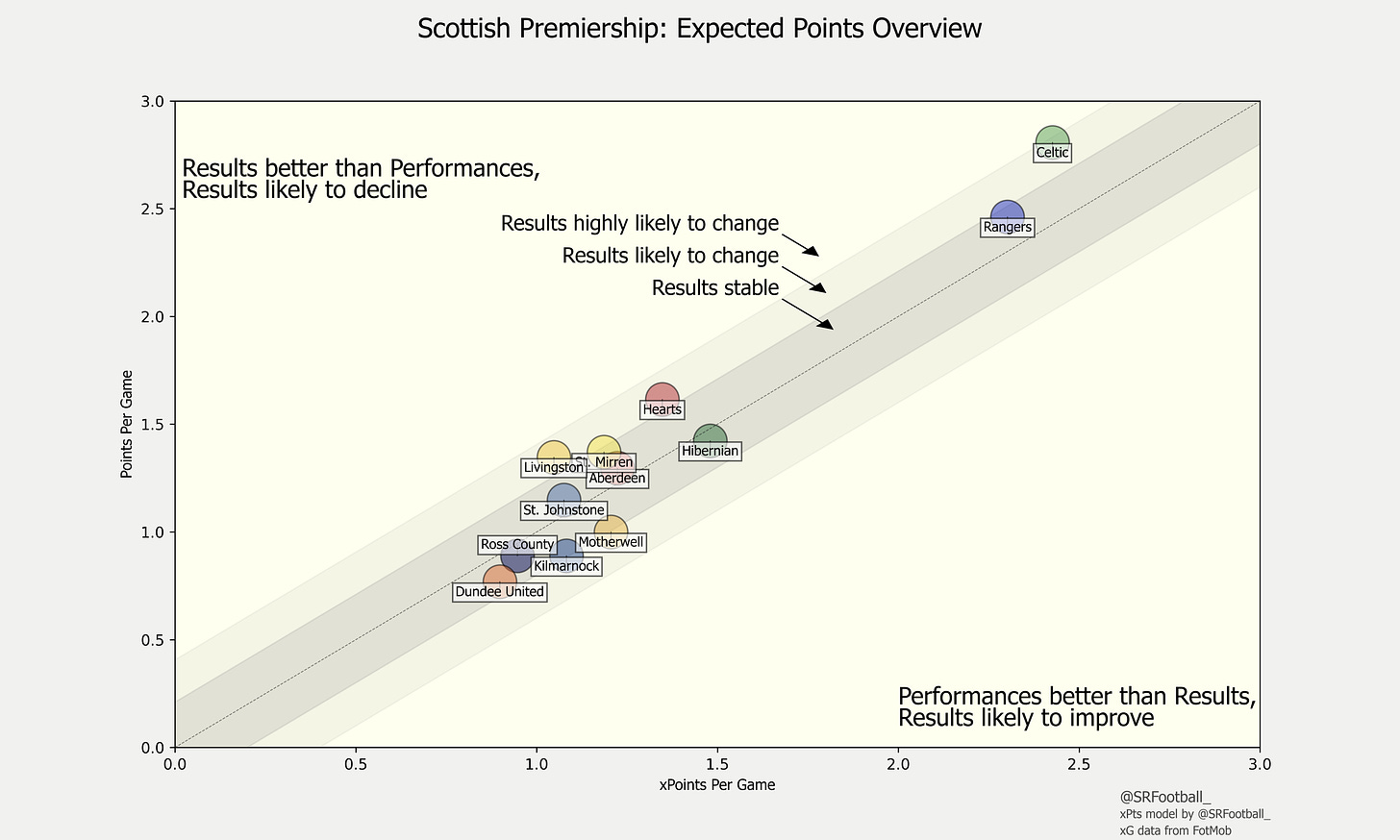
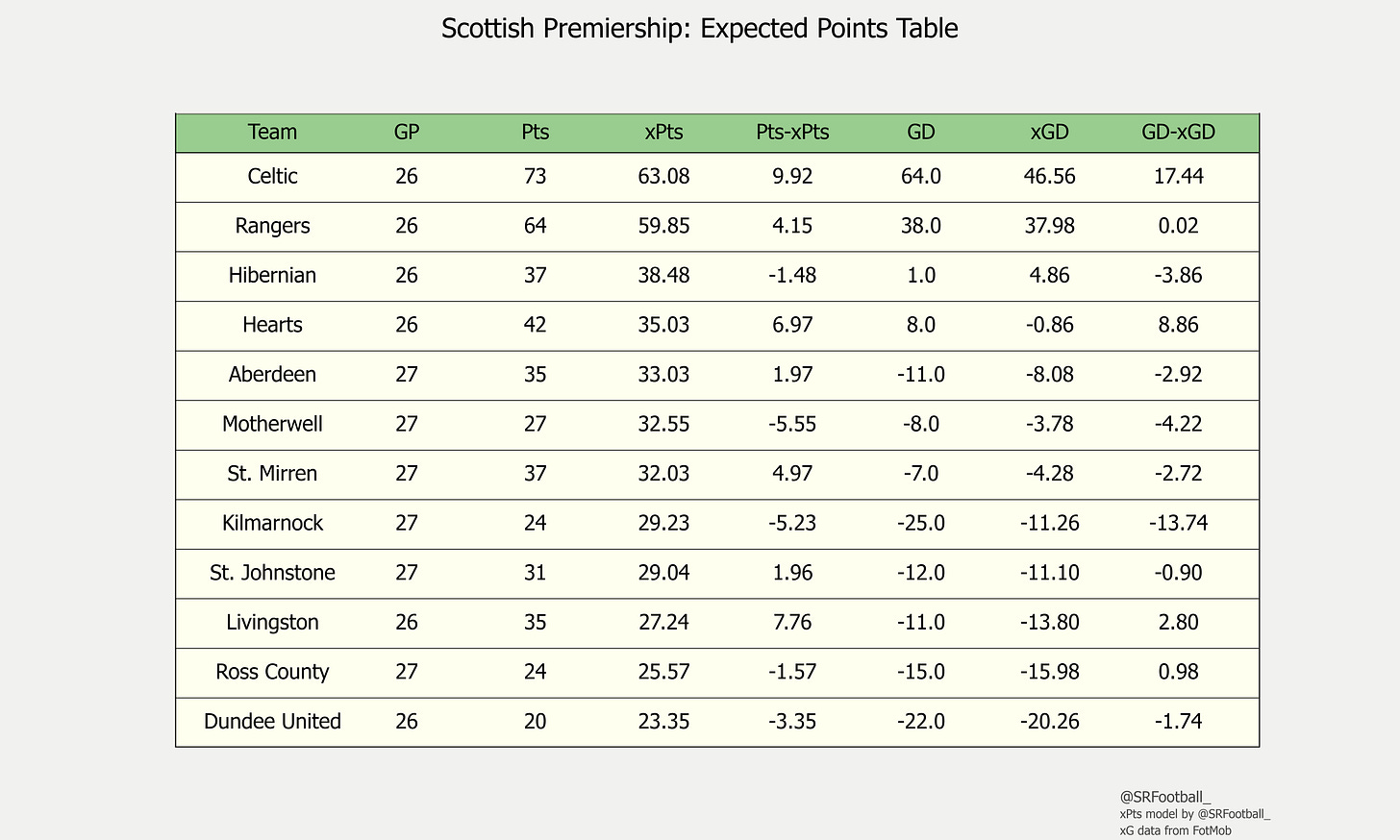


How did Celtic win the League Cup Final?